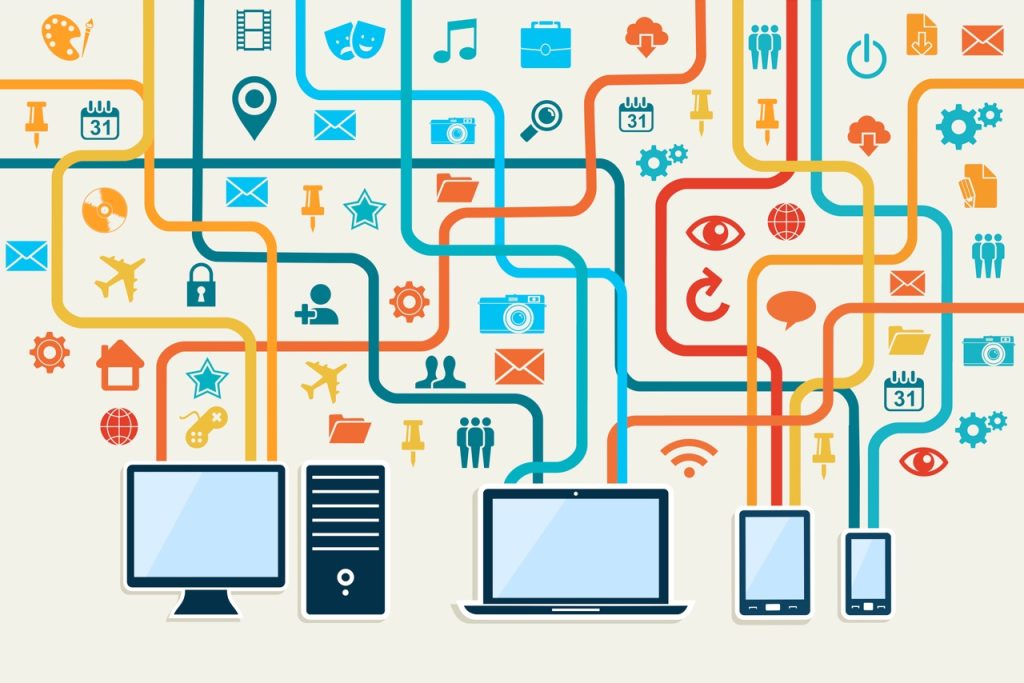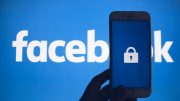Introduction:
In today’s globalized social structure, the Internet is seen as a communication medium connecting almost all human social activities. It provides every user with the opportunity to understand and participate in the construction of the network world. However, with the continuous development of Internet functions in the past 30 years, the Internet has shown a trend that violates the Internet concept of openness, interoperability, and freedom, that is, the lack of diversity. Since the Internet has penetrated more than half of human life, this lack of diversity has caused serious damage to both society and individuals. This article will explore the specific reasons why the lack of diversity on the Internet can cause social and personal harm. We will introduce two theories, the Digital divide, and the Information cocoon, to support our argument.

Digital divide
The Digital divide refers to the gap between those who have access to digital technology (such as the Internet, computers, smartphones, etc.) and those who do not. There are many reasons for the Digital divide, such as human capital, family background, and social background (Sylvia, 2005). This means that if a particular group is not sufficiently engaged on the Internet because of the objective existence of the Digital Divide. Then, the problems they face and the ideas they hold may be difficult to fully focus on, and even the Internet image will be portrayed and disseminated by other Internet participants. Take the disabled as an example. In the past decade, although web accessibility standards have been consolidated, many websites still cannot be accessed by the disabled (Adam, 2006). This mandatory Digital divide violently restricts the channels for the disabled to express themselves and prevents them from personally participating in the construction of their online image. In addition, there is also a lack of support from disability technical advisers among the technical staff of the website, which also leads to the lack of attention to topics related to the interests of disabled groups on the Internet. This Internet structure no longer treats disability as an individual defect, but as a barrier to integration into the social environment for the entire group (Adam, 2006). It can be seen that the actual cause of “disability” is not the physical defects of this group, but social discrimination and prejudice. The lack of Internet diversity caused by the digital divide cannot be completely eliminated in a short period of time, which also leads people of higher social classes to stabilize their social status through the tilt of Internet power and resources (Sylvia, 2005). And other communities that lose their voice because of the lack of diversity on the Internet are gradually marginalized, thus trapped in a vicious cycle that exacerbates social inequality.
Information cocoon
Another notable reason why the lack of diversity on the Internet harms society and individuals is the Information cocoon. With the development of the Internet, technologists have introduced artificial intelligence to solve the problem of information overload and the accuracy of data analysis. The AI algorithms used by today’s major Internet platforms operate by managing subsequent personalized recommendations based on a user’s past behavior. But there is evidence that AI is creating cocoons of homogenous content and opinions, further exacerbating social polarization and prejudice (Piao, 2023). Constant exposure to confirmatory information can greatly impair a person’s critical thinking ability because people tend to take in superficial information without further reflection. The lack of diversity on the Internet has undoubtedly exacerbated this narrow perception, in addition to limiting the depth and breadth of users’ thinking. Information cocoon will deepen the inherent prejudice of users, resulting in self-cognitive bias and irrational inflation, and making them prone to form radical and extreme opinions, statements, or behaviors (Yuan, 2022).
Counter argument
However, there are still many who believe that the Internet is still the best tool for promoting the development of social and individual diversity. Relying on its unique global interoperability, it allows people from different backgrounds and cultures to create with a very low threshold. At the same time, users of the Internet can also rely on it to enable access to vast amounts of information, and explore multiple cultures, beliefs, and perspectives, thereby breaking down barriers of ignorance and promoting inclusion. In addition, the Internet has a high correlation with the real world. Social movements and activism on the Internet platform have effectively amplified the voices of social justice, equality, freedom, and human rights protection. For example, the #BlackLivesMatter and #MeToo movements that swept the world before all relied on the Internet platform to gain global support. To bring about major social change. The decentralized mode of creation advocated by the Internet is also widely accepted as a more democratic mode of work. For example, women do not have to choose between family and work because of childbirth, and can also benefit from creating their own blogs and personal social media after childbirth to balance the weight of family and work (Duffy, 2017).
Rebuttal Argument

Despite these controversies, I still believe that the Internet lacks diversity and brings harm to society and individuals. The Internet seems to provide a low barrier to interworking platforms, but the main prerequisite for joining the Internet is to be able to use digital technology. There are two digital divides on the Internet, level 1 and Level 2. The first level of the digital divide deals with access to computers and the Internet, while the second level focuses on user profiles of new technologies (Sylvia, 2005). As of now, only half of the world’s population has access to the Internet (Tim, 2019), indicating that there are still half of the population whose voices are not visible on the Internet. In addition, users who overcome the first level of the digital divide still face the test of the second level of the digital divide, such as the disabled group mentioned above who have difficulty accessing all websites. This means that there is a lack of diversity on the Internet. In addition, the size of the Internet is indeed huge, but in addition to the personalized recommendation provided by the platform artificial intelligence algorithms will lead to the birth of an information cocoon, and users’ personal preferences will also promote its birth. Users are also more likely to browse websites, social media channels, or online interactive platforms that align with their beliefs and beliefs, which inadvertently exacerbates the creation of information cocoons.
Conclusion
In short, the digital divide exists as one of the reasons for the lack of diversity on the Internet. The marginalization of vulnerable groups caused by the lack of diversity of the Internet, the unequal distribution of resources and social inequality, and the ideological polarization caused by the information cocoon have all caused harm to individuals and society. However, this does not deny the high value and development potential of the Internet as a tool for promoting human cultural exchanges and developing social diversity. Therefore, in the future development of the Internet, how to avoid the lack of diversity of the Internet will be the key research direction of the development of the Internet. By increasing the penetration rate of digital technology and encouraging the diversity of technical personnel, we can reduce the negative impact of the digital divide on the Internet. At the same time, providing users with the choice of personalized algorithms and strengthening the research of diversified algorithm push will effectively reduce the negative impact of the lack of diversity on individuals and society.
Reference list
Sylvia E. Korupp, & Szydlik, M. (2005). Causes and Trends of the Digital Divide. European Sociological Review, 21(4), 409–422. https://doi.org/10.1093/esr/jci030
Adam, A., & Kreps, D. (2006). Web Accessibility: A Digital Divide for Disabled People? Social Inclusion: Societal and Organizational Implications for Information Systems, 217–228. https://doi.org/10.1007/0-387-34588-4_15
Piao, J., Liu, J., Zhang, F., Su, J., & Li, Y. (2023). Human–AI adaptive dynamics drives the emergence of information cocoons. Nature Machine Intelligence. https://doi.org/10.1038/s42256-023-00731-4
Yuan, X., & Wang, C. (2022). Research on the formation mechanism of information cocoon and individual differences among researchers based on information ecology theory. Frontiers in Psychology, 13, 1055798–1055798. https://doi.org/10.3389/fpsyg.2022.1055798
Duffy, B. E., & Pruchniewska, U. (2017). Gender and self-enterprise in the social media age: a digital double bind. Information, Communication & Society, 20(6), 843–859. https://doi.org/10.1080/1369118X.2017.1291703
Tim Berners-Lee. (2019). Read the latest from the Web Foundation:https://webfoundation.org/2019/03/web-birthday-30/
Common Internet Network Interconnection and Charging Practices:https://images.app.goo.gl/1JKLmp3gini1XLQS9


